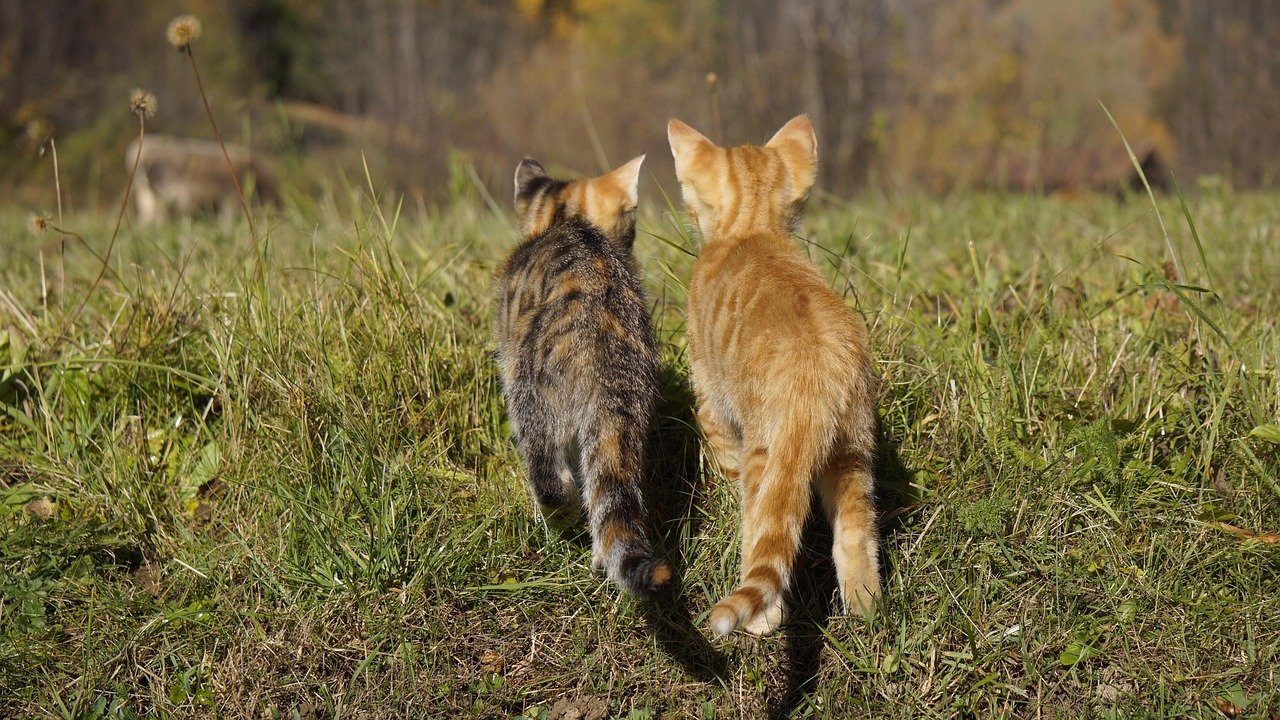Have you ever wondered why your cat transforms into a furry elevator the moment you start scratching behind their ears or along their back? That adorable little butt wiggle that seems to defy gravity is one of those endearing quirks that makes sharing our lives with cats so delightfully puzzling. This behavior, affectionately nicknamed “elevator butt” by cat lovers everywhere, is actually a fascinating window into your feline’s emotions, biology, and the deep bond they share with you.
Whether you’re a new cat parent or you’ve been living with these mysterious creatures for years, understanding this charming gesture will deepen your connection and help you become an even more intuitive caregiver. Let’s explore the wonderful world of feline communication and discover what your cat is really trying to tell you when they present their posterior to the sky.
The Science Behind “Elevator Butt”: It’s All About the Nerves
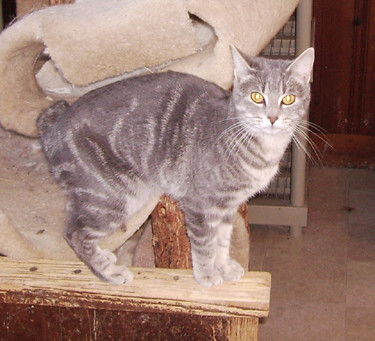
This movement is actually a neurological reflex, much like a knee-jerk reaction in humans, and is rooted in the nerve endings located in that part of their spine. It can trigger a spinal reflex arc that leads to the butt-lift response. Think of it as your cat’s built-in happiness meter that activates when you hit just the right spot.
A cat’s spinal cord ends before it reaches their tail. From the end of the spinal cord, a bundle of nerves extends backward into the tail. These nerves control the bladder, tail, and hind legs, among other responsibilities. That means that the area at the base of the cat’s tail is packed full of nerves, making it extra sensitive to the touch. This incredible concentration of nerve endings explains why a gentle scratch in this area can produce such a dramatic reaction.
It’s a Sign of Pure Bliss and Trust
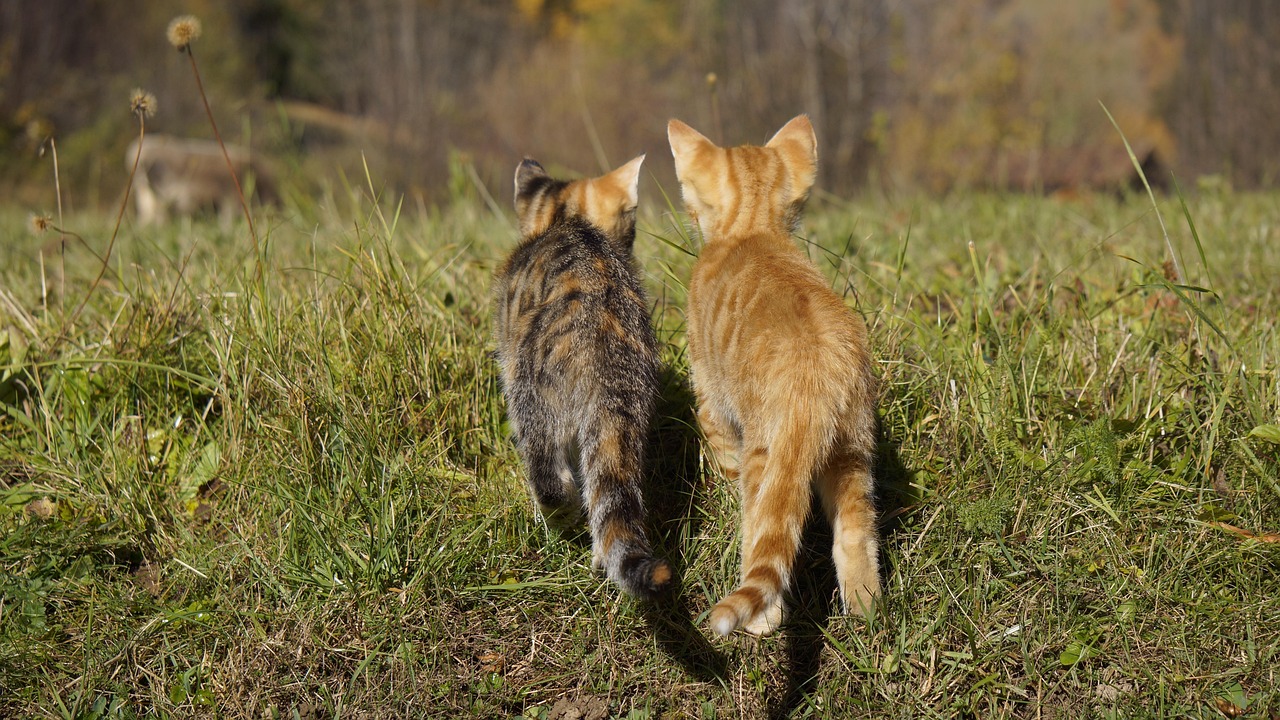
When your cat lifts their rear end during petting, you’re witnessing one of the highest compliments a feline can give. “Rear-raising behavior in cats is a good sign that a cat trusts you,” according to Dr. Amanda Chambers, DVM, Veterinary Consultant for Embrace Pet Insurance. “Cats who do not trust you are going to keep their eyes on you and face you, not present their rear.” Cats who were well-socialized with humans when they were young are more likely to put their butt in your face as a way to show they trust and love you.
The base of the tail and lower back are rich in nerve endings. When you scratch or pet these zones, it can feel intensely pleasurable for your feline companion. In response to the pleasant stimulation, lifting the hindquarters may be a physical expression of delight and satisfaction. Some pet owners even describe their cats going into a sort of blissed-out trance when this region is scratched. Your cat is essentially saying, “This feels amazing, please don’t stop!”
A Trip Down Memory Lane: Kittenhood Connections
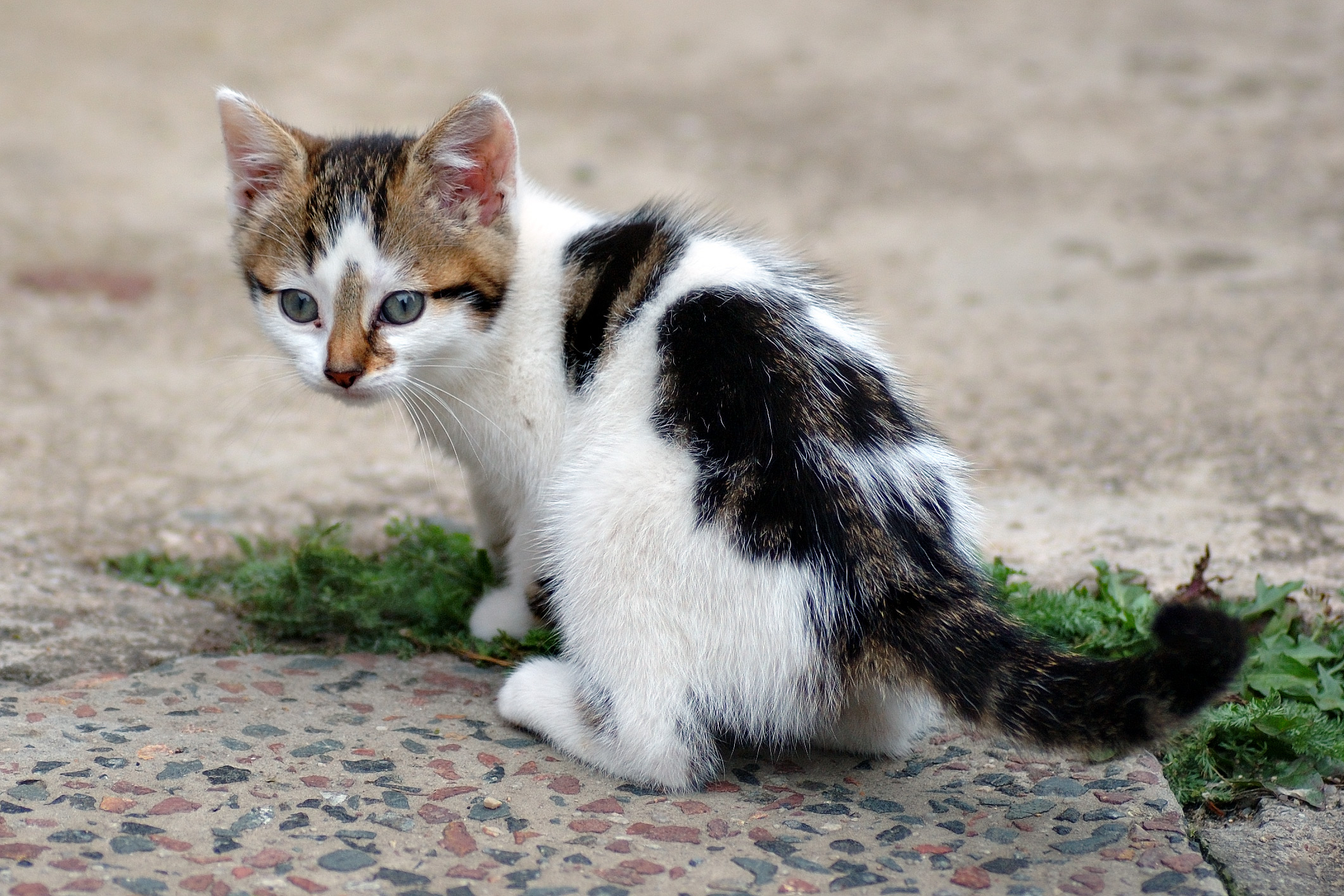
“This behavior stems from your cat’s early life as a kitten,” says Dr. Ochoa. “The mother cat often licks her kittens’ bottoms to clean them. As your cat grows older and is petted by her owners, this behavior becomes a form of interaction and social bonding.” This deeply ingrained memory creates a comforting association between being touched in that area and feeling safe and loved.
Young kittens stick their posteriors in the air so their mothers can clean them. As kittens, their mothers would groom them thoroughly, especially around the rear end to encourage elimination and keep them clean. This early-life grooming may establish reflexive responses associated with being touched in that area. As adults, your pet cat may interpret similar touches from you as comforting and reminiscent of maternal care. It’s like your grown-up cat is remembering the warmth and security of being cared for as a baby.
The Technical Term: Understanding Lordosis
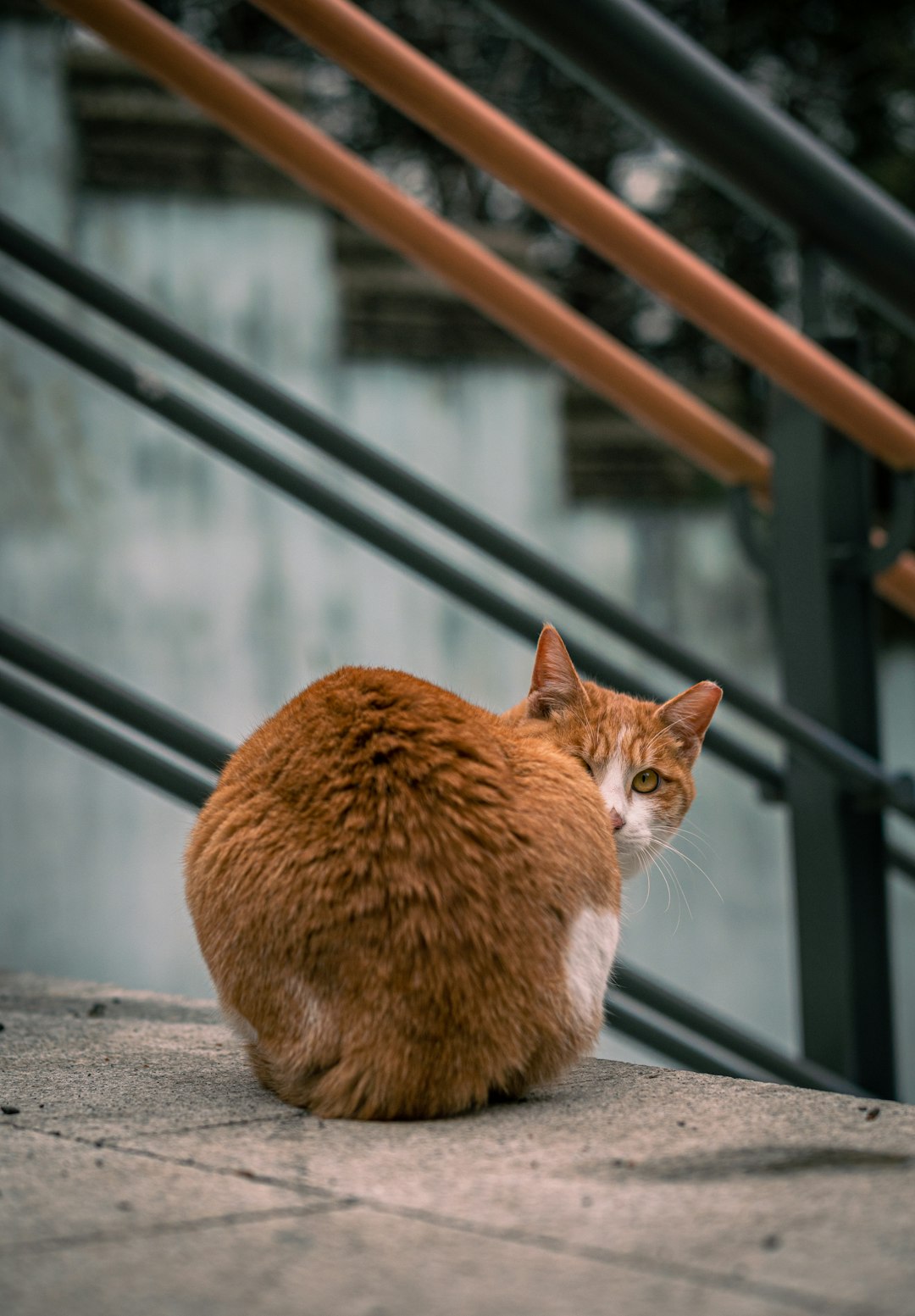
The technical term for elevator butt is the lordosis position. Lordosis posture serves as the intact female cat’s romantic invitation to males as a mating display. However, don’t worry if your spayed or neutered cat displays this behavior. Most cats exhibit this response regardless of their reproductive status.
This is called lordosis and is an indication that a she-cat is in estrus, or heat. Lordosis looks slightly different from regular elevator butt because it’s actually the she-cat presenting herself to a tom for mating–whether a tom is present or not. The lordosis position is something female cats do when they are ready to mate, and it involves raising their back end and holding their tail to one side. For unspayed females, this behavior might be more pronounced during heat cycles, but spayed cats often retain this instinctual response as a general sign of contentment.
Scent Communication: Your Cat is Claiming You
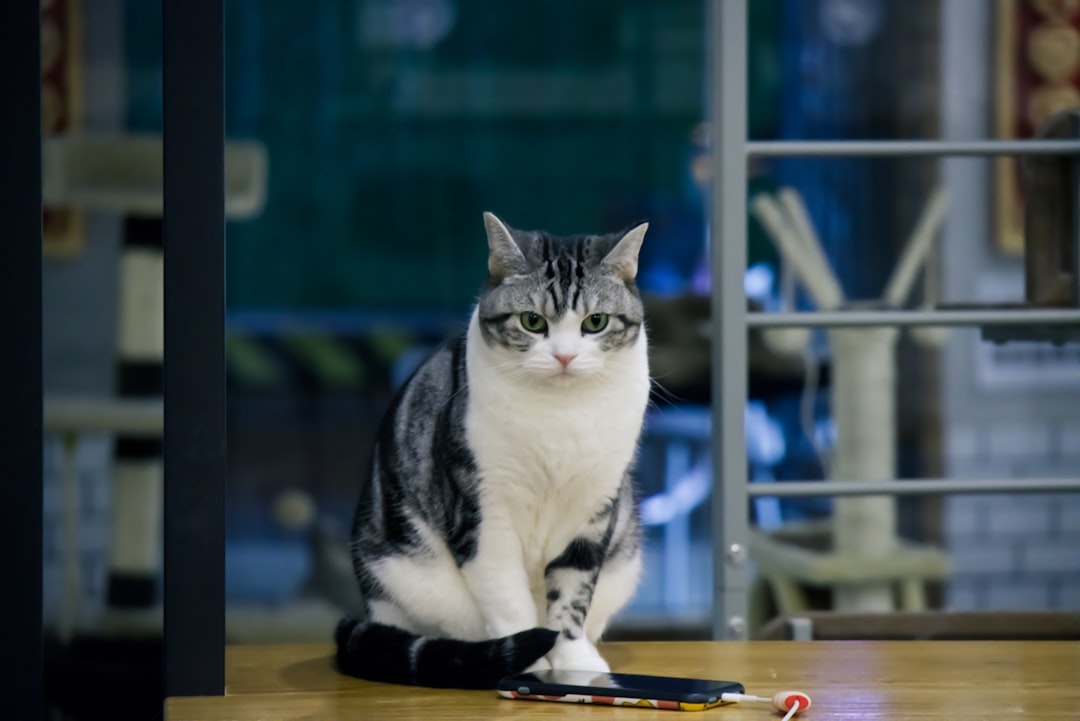
By the same token, cats may exhibit this behavior as a way to mark the person petting them with their scent from their anal glands. That may sound gross, but it’s similar to when cats rub you with their cheeks, another place where they have scent glands. They just want to lay claim to a favorite person or someone who is making them happy by petting them in just the right spot. The pheromones from a cat’s scent glands are undetectable to the human nose, but other cats can smell them and tell whose human you are.
Think of it as your cat’s way of putting their signature on you. When they raise their rear during petting, they’re essentially telling the world, “This human belongs to me!” It’s a form of affection that doubles as territorial marking, showing other cats that you’re already taken by someone very special.
When “Elevator Butt” Goes Wrong: Warning Signs

If your cat used to get elevator butt and really seem to enjoy those back scratches, but suddenly they don’t, or your cat seems to react with pain when touched around the hips/tail base, this could be cause for concern. Skin allergies, impacted anal glands, spinal problems, and kidney disease can cause pain in that area. Take your cat to the veterinarian if you notice any signs of pain in their lower back. Sometimes what looks like enjoyment might actually be discomfort or overstimulation.
If cats thump their tails when lying down or the end of their tail twitches, it could be a sign that they are mildly irritated or frustrated. They’re likely getting over-stimulated as this is such a sensitive area. Use this movement as a sign of caution and stop stroking your cat immediately – otherwise, they may end up nipping your fingers to get you off! Learning to read these subtle warning signs will help you respect your cat’s boundaries and maintain a positive petting experience.
Every Cat is Unique: Respecting Individual Preferences
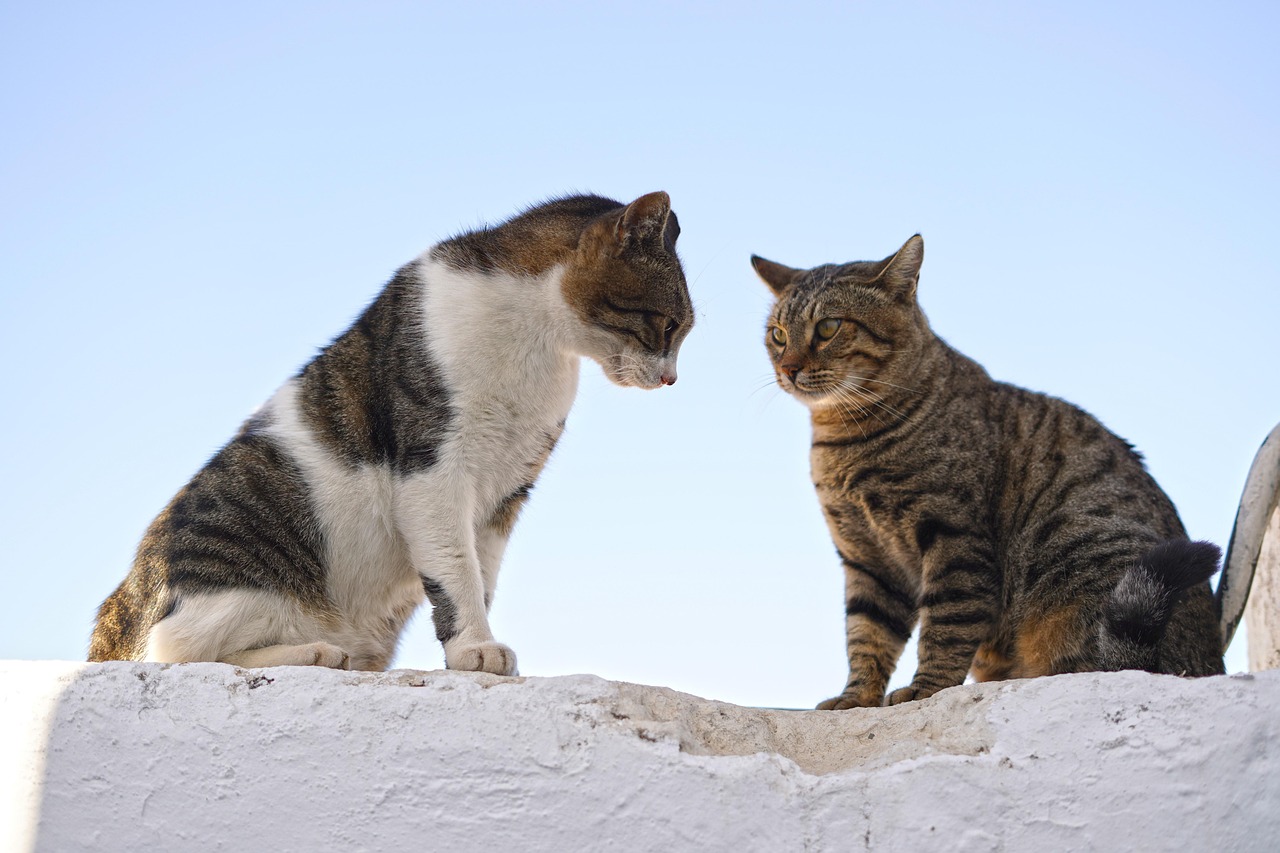
If your cat doesn’t put their rear end to the sky when you pet their back, it doesn’t mean they hate you. If you just got your cat, it could be because they haven’t quite warmed up to you yet. But some cats just don’t enjoy being pet around the base of the tail like others do. The concentration of nerves endings that makes it feel so good to a lot of cats can actually make it unpleasant for others.
Every cat is different. Some cats love being petted around their tail, while others prefer to be left alone. Take the time to learn your cat’s individual preferences and respect their boundaries. The beauty of living with cats lies in discovering their unique personalities and learning to communicate with each one on their terms. Some cats might prefer chin scratches or gentle head pets over the dramatic tail-base response.
Conclusion
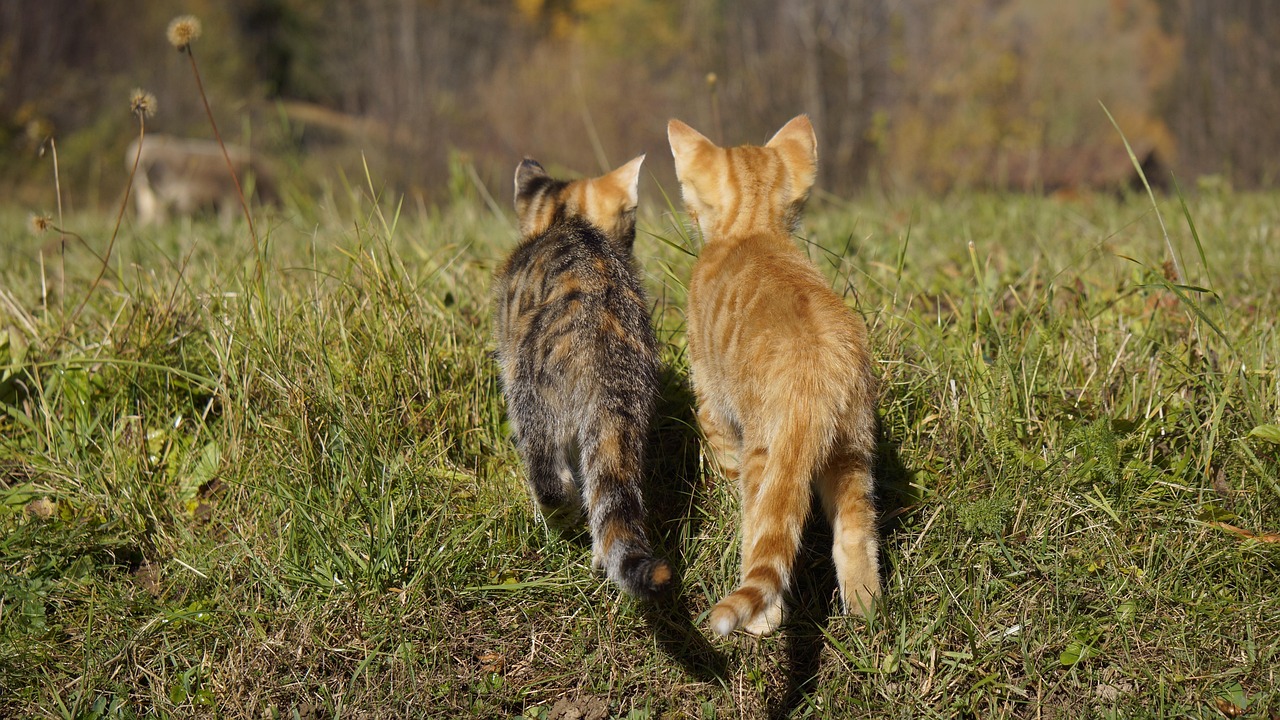
The next time your feline friend presents their posterior to the ceiling during a petting session, you’ll know you’re witnessing something truly special. This endearing behavior represents a perfect storm of biology, emotion, and trust all wrapped up in one adorable package. From neurological reflexes to childhood memories, from scent communication to pure bliss, “elevator butt” is your cat’s way of saying, “You make me feel safe, loved, and absolutely wonderful.”
Understanding this behavior helps us appreciate the complex emotional lives of our feline companions and strengthens the incredible bond we share with them. Every raised rear end is a testament to the trust and affection your cat feels for you. What do you think about it? Have you noticed your own cat’s unique way of showing they’re enjoying your attention? Tell us in the comments.

Andrew Alpin from India is the Brand Manager of Doggo digest. Andrew is an experienced content specialist and social media manager with a passion for writing. His forte includes health and wellness, Travel, Animals, and Nature. A nature nomad, Andrew is obsessed with mountains and loves high-altitude trekking. He has been on several Himalayan treks in India including the Everest Base Camp in Nepal.

